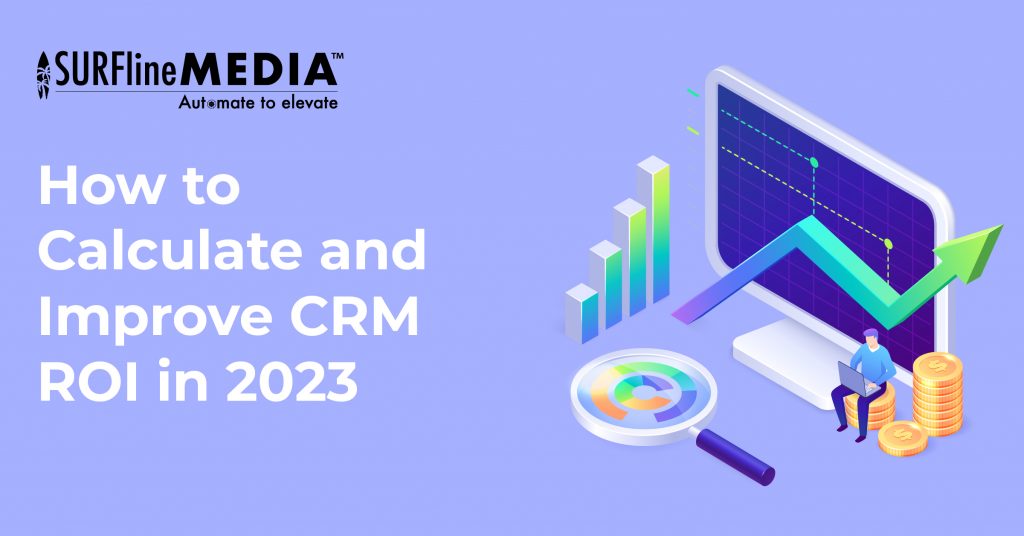

- August 17, 2023
- 1:30 pm
- No Comments
How to Calculate and Improve CRM ROI in 2023
The goal of implementing a CRM system is to improve customer relationships, streamline processes, and ultimately drive growth and profitability. However, measuring the return on investment (ROI) of a CRM implementation can be complex. Our article a thorough understanding of CRM ROI and the CRM ROI calculator.
Decoding CRM ROI: Understanding the Basics
What is CRM?
CRM ROI is a metric that quantifies the financial return a company receives from its investment in a CRM system. It helps organizations assess whether the benefits they gain from implementing CRM technologies outweigh the costs incurred.
Components of CRM ROI
CRM Costs
CRM costs include the expenses associated with purchasing, implementing, and maintaining the CRM system. Costs can involve software licensing, hardware, implementation services, training, and ongoing support.
CRM Benefits
CRM can lead to various benefits that contribute to ROI. These benefits include improved customer satisfaction, increased sales, enhanced marketing effectiveness, better customer retention, reduced operational costs, and streamlined processes.
CRM ROI Calculator
Calculating CRM ROI involves comparing the total benefits generated by the CRM system with the total costs invested. The standard formula for calculating ROI is:
ROI = Net income/ Total costs * 100
6 Common Factors That Influence CRM ROI
CRM ROI can be influenced by various factors. To maximize the value derived from a CRM implementation and enhance its ROI, businesses need to consider these influencing factors:
Strategy and Planning
Scope and Goals: Clearly defining the scope and objectives of the CRM implementation is crucial. A well-defined strategy aligns the CRM system with the organization’s needs and objectives.
User Involvement: Involving end-users in the planning and design phases ensures that the CRM system meets their requirements and improves user adoption rates.
Change Management: Proper change management strategies, including training and support, help employees adapt to the new system more effectively.
Types of CRM Systems Chosen
All-in-one CRM and best-of-breed CRM, which is better for your business? Or do you prefer industry-specific CRM? There are a variety of CRM systems available on the market, each with its own strengths and weaknesses. The type of CRM system that is chosen will have a significant impact on the ROI.
User Adoption
Training: Providing comprehensive training to employees helps them understand the system’s capabilities and encourages their active usage.
User-Friendly Interface: An intuitive and user-friendly interface, particularly with the appropriate integration of powerful AI tools, makes it easier for employees to navigate the CRM system, leading to higher adoption rates.
Data Quality and Integration
Accurate Data: Maintaining high-quality, up-to-date data is essential for effective CRM usage. Inaccurate or incomplete data can lead to poor decision-making and reduced ROI.
Integration: Integrating the CRM system with other relevant systems, such as marketing automation or sales tools, ensures a seamless flow of information and enhances efficiency.
Customization and Scalability
Tailored to Needs: Customizing the CRM system to match the specific needs and processes of the organization increases its relevance and usefulness. Lack of personalization is among the common CRM mistakes that can significantly hinder any business’s growth.
Scalability: The CRM system should be designed to accommodate growth and changing business needs over time.
Management Support and Investment
Leadership Commitment: Strong support from upper management ensures the CRM initiative receives the necessary resources and attention.
Ongoing Investment: Continuously investing in the CRM system’s maintenance, updates, and enhancements keeps it effective and aligned with evolving business needs.

Calculating CRM ROI: Metrics and Measurements
Calculating CRM ROI involves using various metrics and measurements to assess the financial impact of your CRM implementation. The table below presents key metrics and measurements commonly used to calculate CRM ROI.
Metric | Description |
Total Costs | The sum of all costs associated with purchasing, implementing, customizing, training, and maintaining the CRM system. |
Total Benefits | The sum of all quantifiable gains resulting from the CRM implementation, which can include increased sales, improved customer retention, reduced operational costs, and more. |
Cost of Goods Sold (COGS) Reduction | Any reduction in COGS resulting from improved customer management, more efficient processes, and better inventory management. |
Customer Acquisition Cost (CAC) Reduction | Whether the CRM system has led to a decrease in the cost of acquiring new customers due to more targeted marketing efforts and better lead management. |
Sales Increase | The increase in sales revenue attributed to the CRM system. Compare sales before and after implementation, factoring in the growth rate and any external market changes. |
Customer Lifetime Value (CLTV) Improvement | Whether the CRM system has led to higher CLTV by improving customer retention rates, cross-selling, and upselling. |
Customer Churn Rate Reduction | The reduction in customer churn rate, indicating how much the CRM system has contributed to retaining existing customers. |
Lead Conversion Rate Improvement | Whether the CRM system has led to a higher conversion rate of leads into actual customers, indicating improved sales efficiency. |
Marketing ROI | The effectiveness of marketing campaigns by tracking the return on investment for marketing efforts facilitated by the CRM system. |
Customer Service Efficiency | Improvements in response times, issue resolution rates, and overall customer satisfaction through the CRM’s customer service features. |
Process Efficiency | Streamlined processes, reduced manual tasks, and increased operational efficiency, resulting in cost savings. |
Time Savings | Quantified time saved by employees due to automated processes and improved data access facilitated by the CRM system. |
Customer Satisfaction and Loyalty | Collected feedback on customer satisfaction levels and tracked improvements in customer loyalty and repeat business resulting from the CRM system. |
Marketing Campaign Performance | Assessed the performance of marketing campaigns using metrics like click-through rates, conversion rates, and return on investment from campaigns run through the CRM system. |
Cost Avoidance | Any costs that were avoided or reduced due to improved processes, such as reduced customer support costs through self-service options. |
Boost Your Business with CRM ROI – Let Surfline Media Help You!
Implementing a CRM system can bring significant benefits to businesses, but measuring the return on investment (ROI) can be a puzzle.
Not all benefits of CRM are easily quantifiable, such as improved customer satisfaction or enhanced brand reputation. These intangible benefits can be challenging to measure in monetary terms.
Moreover, it takes time for CRM benefits to materialize. Measuring ROI too soon after implementation might not capture the full impact.
Thinking of implementing a CRM system? Wondering about measuring its ROI? Don’t worry! Surfline Media is here to make it easy. We’ll help you conquer the challenges of calculating CRM ROI, step by step. Get in touch with us and see how we can collaborate!
_______________________

Surfline Media – Automate to Elevate
Our website: https://surflinemedia.com/
Contact us: https://surflinemedia.com/contact-us/
Phone number: +1 323-741-4482
Email: info@surflinemedia.com






